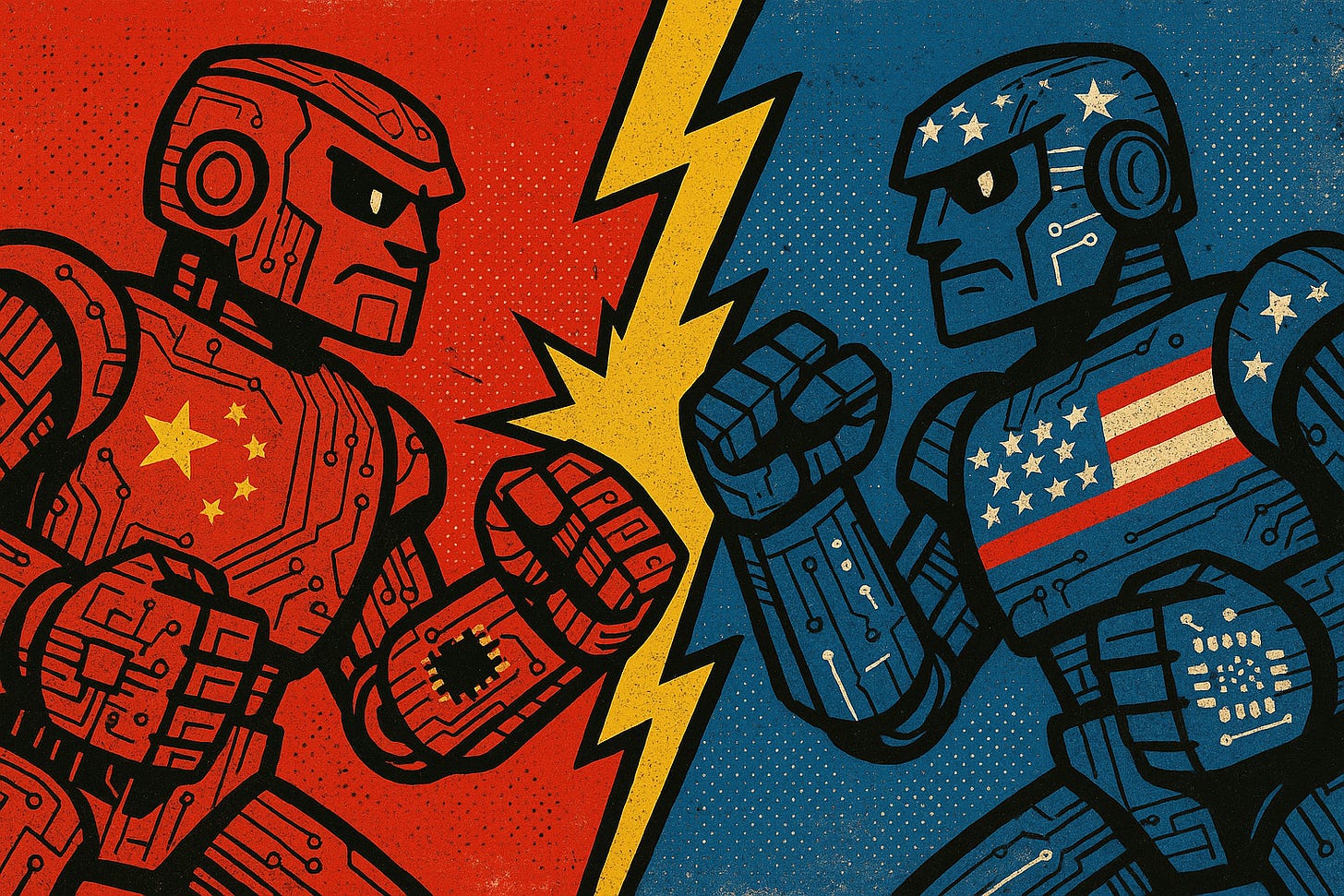Tariff Thursdays – US vs China: Chinese Electronics and Semiconductor SMBs (May 30–June 5, 2025)
How Tariffs are Shaking China's SMB Electronics Sector and Rattling U.S. Supply Chains
Chinese Electronics SMBs Struggle Under Tariffs
Export Declines in Key Tech Hubs: China’s major electronics manufacturing centers are feeling acute pain from U.S. tariffs. Shenzhen – often called China’s Silicon Valley – saw exports plunge 16.6% year-on-year in Jan–Feb 2025, even as national exports eked out 2.3% growth. High-value sectors like consumer electronics and machinery (concentrated in Shenzhen) were hardest hit, reflecting how escalating geopolitical tensions and tariffs have choked demand. In Q1 2025, Shenzhen’s exports were down 8.7% in value, a stark contrast to China’s overall 6.9% export rise – a jump driven by firms rushing out goods before new U.S. tariffs took effect. Local officials warn that many enterprises face high costs, insufficient orders, and heavy foreign trade pressure as the tariff war drags on. Inland tech centers are not immune either; companies in Chengdu and Suzhou report similar order downturns and uncertainty, underscoring a broad-based strain on small and mid-sized exporters.
Keep reading to get a clear picture on where the impacts are, and how you can react to them accordingly.
Keep reading with a 7-day free trial
Subscribe to Talon Black to keep reading this post and get 7 days of free access to the full post archives.



